We still don't know.
For anyone unfamiliar with three-year debate over trees vs solar carports at the Newton Free Library parking lot, I wrote about the 2016 effort here. The latest attempt began in summer of 2018 with the Library lot's inclusion in the list of Phase 3 Solar sites. The proposals chosen from the responses to the RFP (Request for Proposals) indicated that the city administration considered public trees expendable in the pursuit of solar power. I wrote about that in a Village14 blog post that stimulated a lot of discussion. Thankfully, as a result of public feedback, the administration backed off on what would have been the most egregious tree slaughters (two dozen mature trees on Albemarle Road north of Gath Pool, and most of the Bigelow Middle School parking lot trees, leading to more discussion on Village14. And some very large red oaks were spared when the Parks & Recreation Commission rejected carports at Auburndale Cove, and more careful shadow studies determined that trees at Angier, Williams, and Oak Hill Middle School, originally planned to be cut down, did not even have to be pruned, as the increase in solar output would be negligible.
But the Library site has become not just a debate about the value of trees in public spaces, but a question of fiscal common sense, which I described in an April 25 letter to the Tab:
It’s worse than I expected. On March 18, an 18-5 majority of city councilors approved replacing berms and trees with solar carports in the Newton Free Library parking lot. In doing so, they indicated a willingness to spend a then-guesstimated $500,000 to mitigate perceived drainage problems, with no assurance that a yet-to-be engineered system in the library lot would do anything to materially improve drainage in the wider system of City Hall ponds and Bulloughs Pond, of which the Library is only one part.
Now the administration is requesting $250,000 just to design the new library parking lot (Docket No. 158‐19). The new design eliminating the berms to add parking spaces was not even part of the original Phase 3 Solar Request for Proposals; it was only incorporated midway through the process, to make the idea of replacing trees with carports more palatable to library trustees and public. (And at a time when projected electricity savings from Ameresco Library carports was a measly $2,000 per year, adding another row of carports somewhat improved this number.)
At $250,000 just for design, I’d be surprised if construction costs less than $1 million, dwarfing projected annual savings of at best several thousand dollars. What else could we do for the environment with $1.25 million, if the administration were not so fixated on “virtue signaling,” and city councilors were not so afraid of being portrayed as insufficiently concerned about climate change? Plant 4,500 city trees? Establish an incentive program for homeowners and businesses to install roof solar?
Instead, how much taxpayer money are the “Aye” votes (Albright, Auchincloss, Brousal-Glaser, Crossley, Danberg, Downs, Greenberg, Grossman, Kalis, Kelley, Krintzman, Lappin, Leary, Lipof, Noel, Norton, Rice and Schwartz) and the mayor willing to spend to make a statement with library carports?
Council votes Monday on design money
On Wednesday, May 29, the Finance Committee approved 4-2-1 (Gentile, Cote opposed, and Ciccone abstaining) a reduced request of $175,000 for design and engineering. The full City Council will vote on this money Monday, June 3, and based on their March 18 vote, is likely to approve it.
I fear that once the design money is spent, many councilors are likely to forget that "sunk costs are sunk" (the economics expression for "don't throw good money after bad"), and approve however much the actual cost for construction turns out to be, because they won't want to feel that the design money was wasted. Just as recreational gamblers going to a casino are well-advised to set a limit as to how much they will lose, I think councilors ought to know before they vote what their limit will be when the bids come in. Is it a million? $5 million? No limit at all? I've asked all the councilors these specific questions:
1) Is there an upper limit to how much additional spending you will vote to approve in order to actually build it? If so, what is that amount?
2) What is the maximum amount of additional spending you would approve for a plan that does not eliminate flooding risk?
3) If/when the additional parking spaces are no longer sufficient to satisfy increased demand, would you support some combination of free spaces and demand-sensitive metered spaces to promote turnover (e.g. something like the 85% occupancy/15% vacancy rate target considered optimal)?
I asked the second question because I'm skeptical that any amount of money will eliminate the risk of flooding in a wetland, and think it's likely that any drainage improvements will only 'mitigate' the risk. I don't expect those warning signs in the parking lot to go away.
I asked the third question because at some point, probably sooner than later, the parking spaces being added are going to be full at peak times, too, as more people figure out it's easier to park, and stop avoiding busy times, and due to population growth. (Housing units could easily grow by ten percent if major developments on the table, and Zoning Redesign for higher density are approved.) What is the plan then? Use some degree of pricing to increase parking space turnover? Revert to the current situation of people waiting for spaces at the busiest times? Ditch the carports and build a parking garage? In the very same Finance Committee meeting on May 29, councilors discussed the proposal to give the planning director authority to set parking rates in village centers to regulate demand to achieve an 85/15 occupancy/vacancy target.
None of the councilors seem to have any answers. I hope these questions will be part of the discussion on June 3.
For anyone unfamiliar with three-year debate over trees vs solar carports at the Newton Free Library parking lot, I wrote about the 2016 effort here. The latest attempt began in summer of 2018 with the Library lot's inclusion in the list of Phase 3 Solar sites. The proposals chosen from the responses to the RFP (Request for Proposals) indicated that the city administration considered public trees expendable in the pursuit of solar power. I wrote about that in a Village14 blog post that stimulated a lot of discussion. Thankfully, as a result of public feedback, the administration backed off on what would have been the most egregious tree slaughters (two dozen mature trees on Albemarle Road north of Gath Pool, and most of the Bigelow Middle School parking lot trees, leading to more discussion on Village14. And some very large red oaks were spared when the Parks & Recreation Commission rejected carports at Auburndale Cove, and more careful shadow studies determined that trees at Angier, Williams, and Oak Hill Middle School, originally planned to be cut down, did not even have to be pruned, as the increase in solar output would be negligible.
But the Library site has become not just a debate about the value of trees in public spaces, but a question of fiscal common sense, which I described in an April 25 letter to the Tab:
It’s worse than I expected. On March 18, an 18-5 majority of city councilors approved replacing berms and trees with solar carports in the Newton Free Library parking lot. In doing so, they indicated a willingness to spend a then-guesstimated $500,000 to mitigate perceived drainage problems, with no assurance that a yet-to-be engineered system in the library lot would do anything to materially improve drainage in the wider system of City Hall ponds and Bulloughs Pond, of which the Library is only one part.
Now the administration is requesting $250,000 just to design the new library parking lot (Docket No. 158‐19). The new design eliminating the berms to add parking spaces was not even part of the original Phase 3 Solar Request for Proposals; it was only incorporated midway through the process, to make the idea of replacing trees with carports more palatable to library trustees and public. (And at a time when projected electricity savings from Ameresco Library carports was a measly $2,000 per year, adding another row of carports somewhat improved this number.)
At $250,000 just for design, I’d be surprised if construction costs less than $1 million, dwarfing projected annual savings of at best several thousand dollars. What else could we do for the environment with $1.25 million, if the administration were not so fixated on “virtue signaling,” and city councilors were not so afraid of being portrayed as insufficiently concerned about climate change? Plant 4,500 city trees? Establish an incentive program for homeowners and businesses to install roof solar?
Instead, how much taxpayer money are the “Aye” votes (Albright, Auchincloss, Brousal-Glaser, Crossley, Danberg, Downs, Greenberg, Grossman, Kalis, Kelley, Krintzman, Lappin, Leary, Lipof, Noel, Norton, Rice and Schwartz) and the mayor willing to spend to make a statement with library carports?
Council votes Monday on design money
On Wednesday, May 29, the Finance Committee approved 4-2-1 (Gentile, Cote opposed, and Ciccone abstaining) a reduced request of $175,000 for design and engineering. The full City Council will vote on this money Monday, June 3, and based on their March 18 vote, is likely to approve it.
I fear that once the design money is spent, many councilors are likely to forget that "sunk costs are sunk" (the economics expression for "don't throw good money after bad"), and approve however much the actual cost for construction turns out to be, because they won't want to feel that the design money was wasted. Just as recreational gamblers going to a casino are well-advised to set a limit as to how much they will lose, I think councilors ought to know before they vote what their limit will be when the bids come in. Is it a million? $5 million? No limit at all? I've asked all the councilors these specific questions:
1) Is there an upper limit to how much additional spending you will vote to approve in order to actually build it? If so, what is that amount?
2) What is the maximum amount of additional spending you would approve for a plan that does not eliminate flooding risk?
3) If/when the additional parking spaces are no longer sufficient to satisfy increased demand, would you support some combination of free spaces and demand-sensitive metered spaces to promote turnover (e.g. something like the 85% occupancy/15% vacancy rate target considered optimal)?
I asked the second question because I'm skeptical that any amount of money will eliminate the risk of flooding in a wetland, and think it's likely that any drainage improvements will only 'mitigate' the risk. I don't expect those warning signs in the parking lot to go away.
I asked the third question because at some point, probably sooner than later, the parking spaces being added are going to be full at peak times, too, as more people figure out it's easier to park, and stop avoiding busy times, and due to population growth. (Housing units could easily grow by ten percent if major developments on the table, and Zoning Redesign for higher density are approved.) What is the plan then? Use some degree of pricing to increase parking space turnover? Revert to the current situation of people waiting for spaces at the busiest times? Ditch the carports and build a parking garage? In the very same Finance Committee meeting on May 29, councilors discussed the proposal to give the planning director authority to set parking rates in village centers to regulate demand to achieve an 85/15 occupancy/vacancy target.
None of the councilors seem to have any answers. I hope these questions will be part of the discussion on June 3.
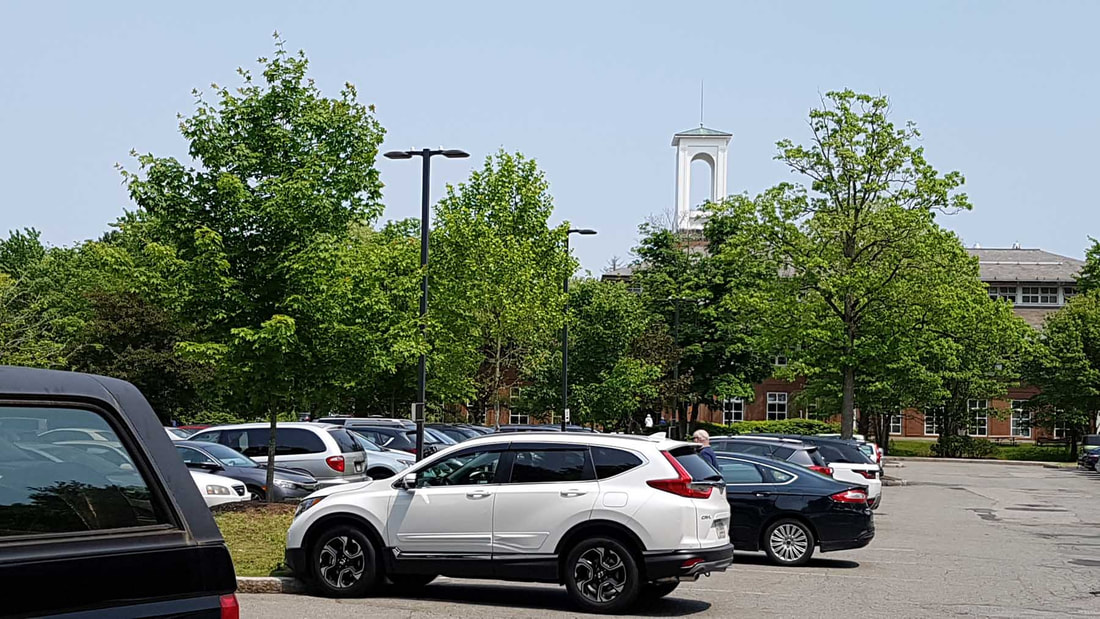
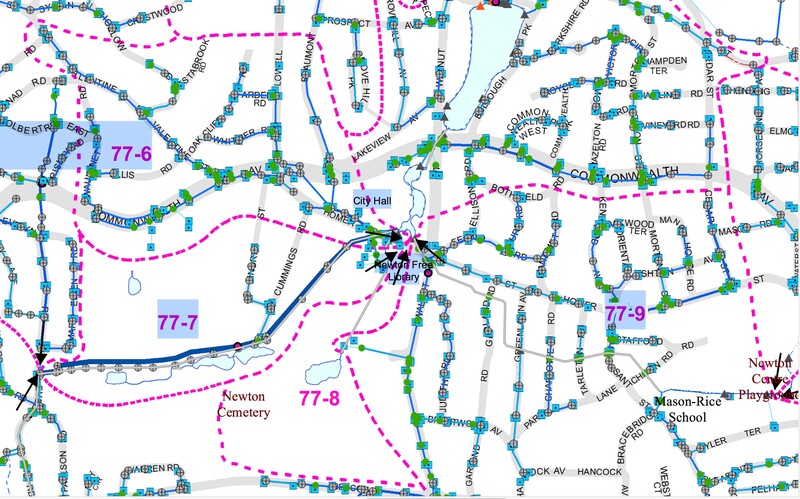
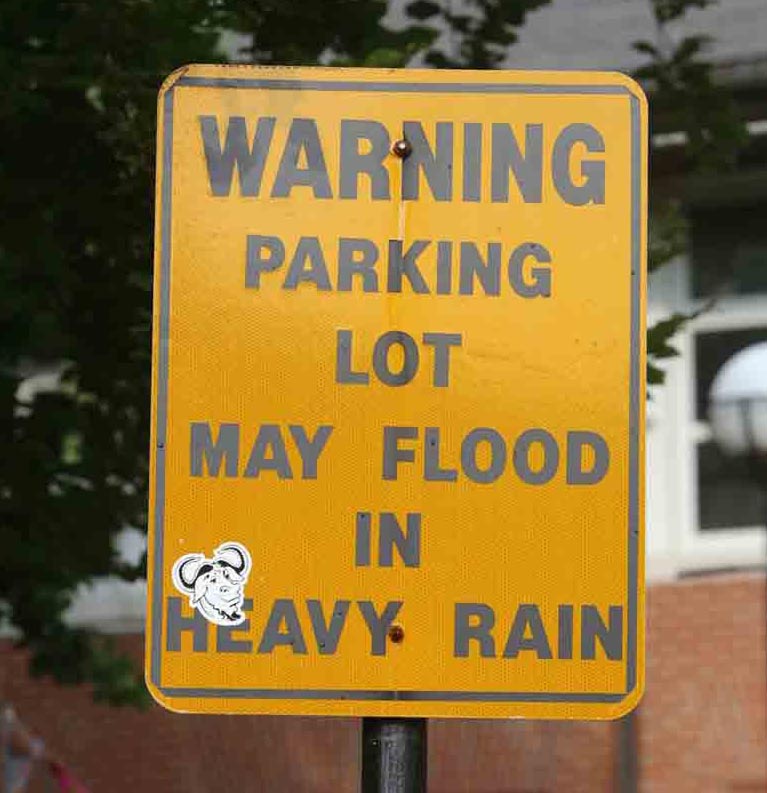
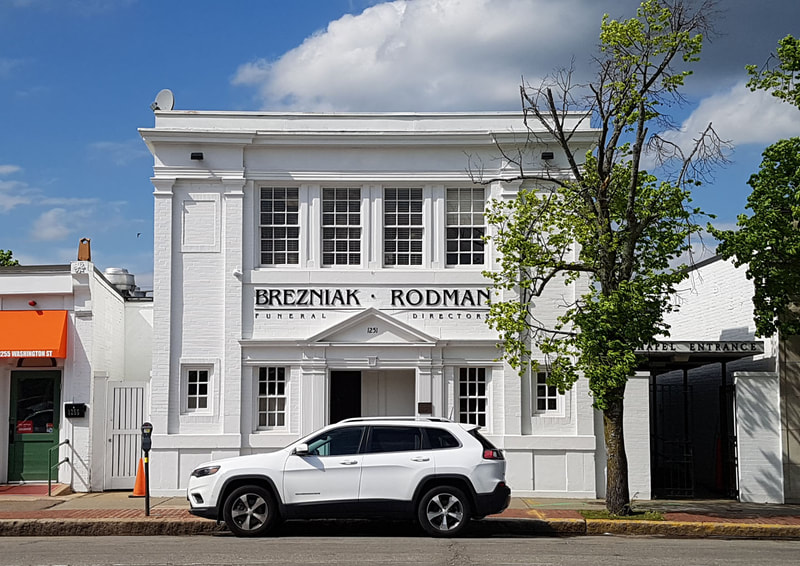
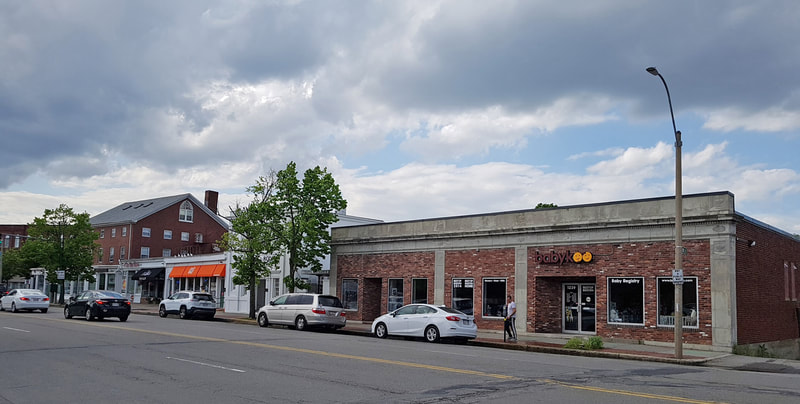
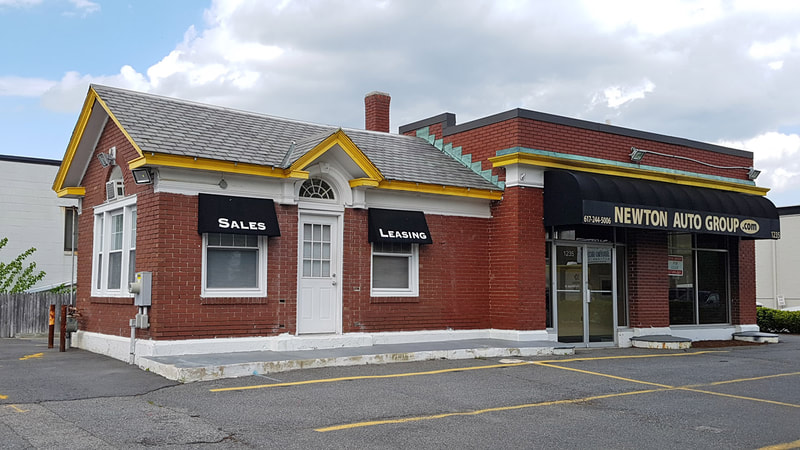
 RSS Feed
RSS Feed
